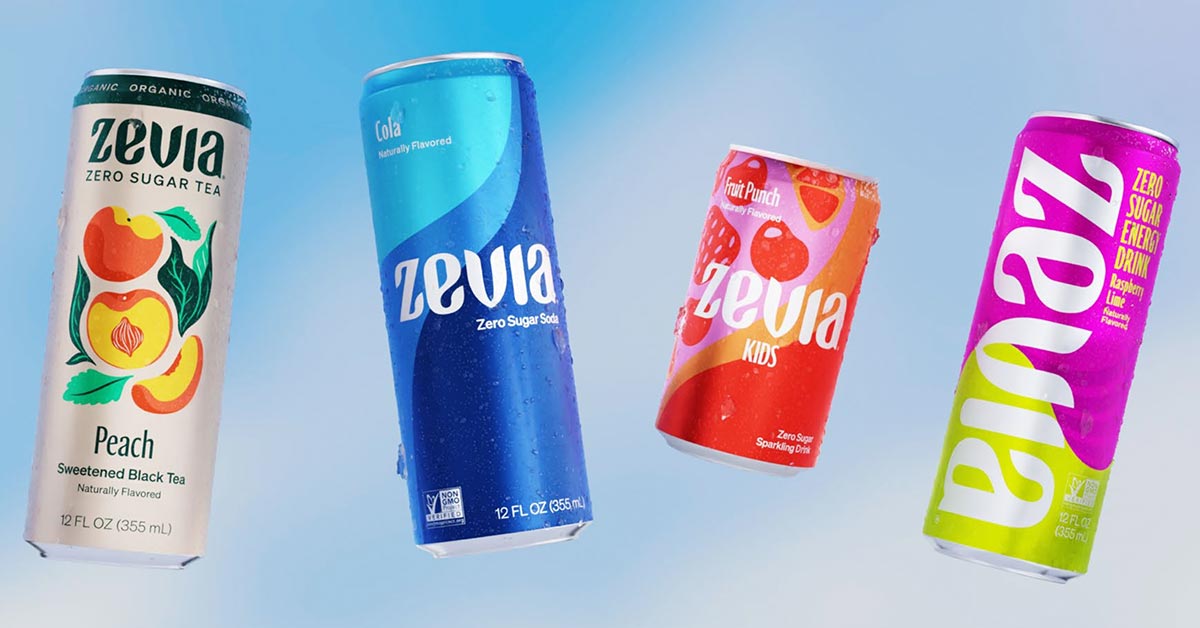
Supply chain disruptions hampered sales growth at Zevia during Q2, but the company experienced its highest gross margins as a publicly traded company on the back of lower volumes and higher pricing.
Net sales were $42.2 million, down from $45.5 million in the second quarter of 2022, with volumes down 16.8% in Q2 2023. Gross profits were up 1.9% compared to the same period last year to $19.7 million while gross profit margins rose to 46.6%, up 4.2 percentage points.
“The most important scan metric of the quarter is velocity sales per point of distribution,” said president and CEO Amy Taylor in prepared remarks Tuesday morning. “Zevia grew velocity 21.3% in the quarter, demonstrating that when in-stock, Zevia remains a double digit growth brand.”
Adjusted EBITDA was -$2.6 million in the second quarter, compared to a -$6.4 million loss during Q2 2022. As of the end of June, Zevia was sitting on $70.4 million in working capital.
Taylor emphasized throughout the earnings call that Zevia’s recent brand refresh had already had an impact and driven a lot of new consumer and retailer engagement with the brand.
“It is our belief that we are selling more Zevia on the merits of the brand, post brand refresh,” Taylor said during the question-and-answer section of the call. “We’re very bullish on the brand refresh delivering trial, expanding consumer base, expanding in-store presence and, ultimately, helping to improve lift efficiency and growth.”
Along with a rebrand, Zevia has embarked on a process to streamline operations and supply chain efficiencies that has provided “short-term” headwinds. The company has been shaving its warehouse network down from 27 locations to seven – including the sale of its company-owned warehouse – which in the process negatively impacted inventory management, transfers and timing of deliveries to customers, Taylor noted.
In an effort to address these issues, Zevia hired former Monster Energy SVP of operations Bill Williamson as its chief supply chain officer in late July to help mitigate the problems. In addition to the new hire, the company has integrated new practices for fulfillment, improved its approach to freight by embracing a third party model to warehousing and freight.
Taylor emphasized that the short term issues were fixed and the new fulfillment practices were already in place though the impact of the disruptions will continue into Q3.
“We do expect to be in good shape by or before year end,” she said. “In 2024, we would expect growth from price and then a nice mix between velocity and distribution expansion.”
Despite the hiccups in inventory management and Zevia’s supply chain, demand has grown year-over-year with acceleration expected in Q4 as the brand regains some of the lost retail space that was incurred with its supply chain issues, Taylor said.
The CEO added that Zevia plans to push harder on its iced tea and energy drink SKUs now that the brand refresh is in place. The company is looking to expand these product offerings in the club channel and more marketing investment expected in 2024 with these categories as well as the whole portfolio.
According to Numerator Shopper data provided to the brand, household penetration was 6.1% with dollar sales up to $35.29 per household for the 12 month ending June 30.
As of the time of publication, Zevia stock was selling for $2.84 per share, up about 15% on the day.